Transcription factors are proteins that regulate the transcription of genes, or the production of mRNA from DNA. Their unique feature is their ability to bind DNA at sequences known as promoter or enhancer regions. Once the transcription factor binds to an enhancer region, this can cause stimulation or repression of gene transcription. Promoter sequences are found at the beginning of the gene and serve as the transcription start site where the transcription initiation complex is formed. Unlike promoter sequences, enhancer or regulatory sequences can be found at sites that are distal to the gene that is being transcribed. It is the action of transcription factors that determines the differentiation fate of cells. For example, the expression of T-bet and FOXP3 transcription factors (along with specific cytokines) will differentiate T cells into T regulatory cells. This page describes the transcription factors expressed by various cell types, including T cells, B cells, monocytes, macrophages, and dendritic cells, as well subtypes of each.
For nuclear protein flow cytometry staining, BioLegend's True-Nuclear™ Transcription Factor Buffer Set has been specially formulated for intracellular staining with minimum effect on the surface fluorochrome staining. Additionally, our True-Phos™ Perm Buffer, is designed for use with antibodies for phospho-proteins (e.g. p-STAT6, p-ERK, etc.) and other intracellular targets (e.g. Cyclin B1, pan-STAT3, etc.). Not all cell surface markers are compatible with BioLegend's True-Phos™ Perm Buffer. View our complete list of Transcriptional Regulator Antibodies.





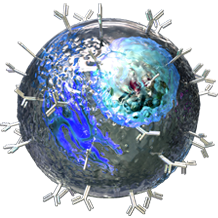
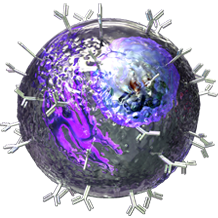
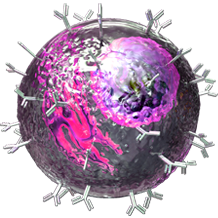
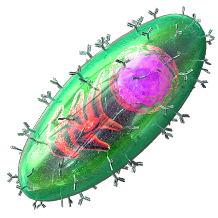


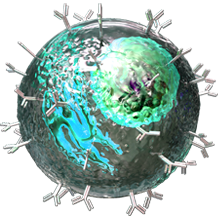

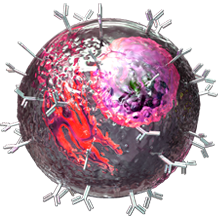
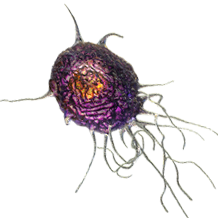
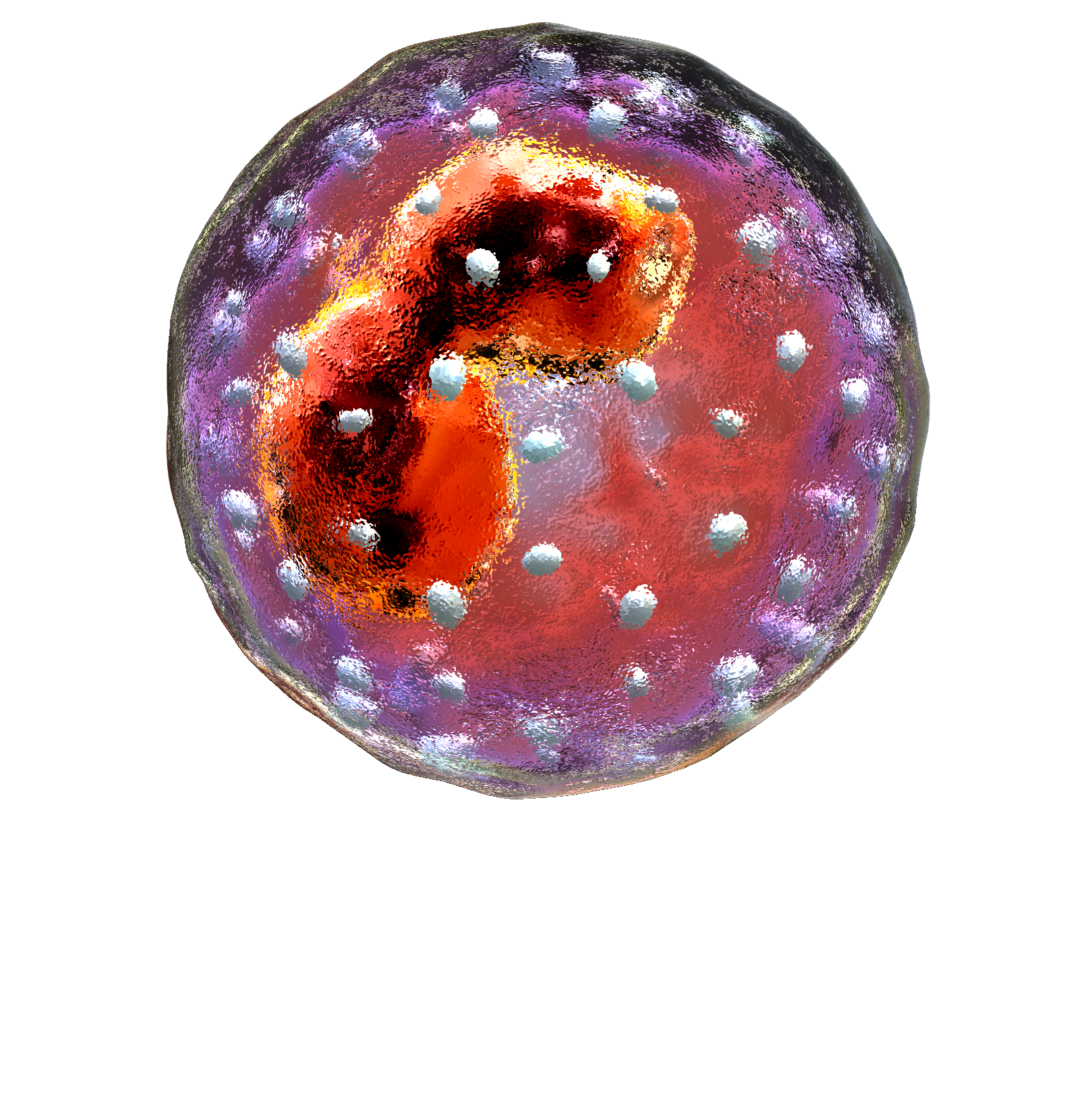


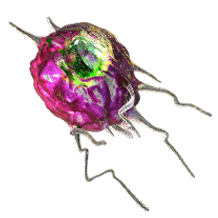
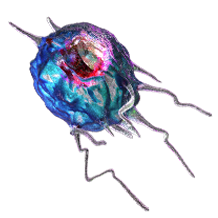
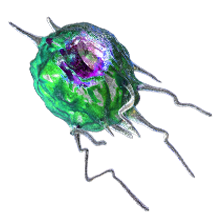
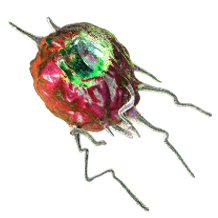
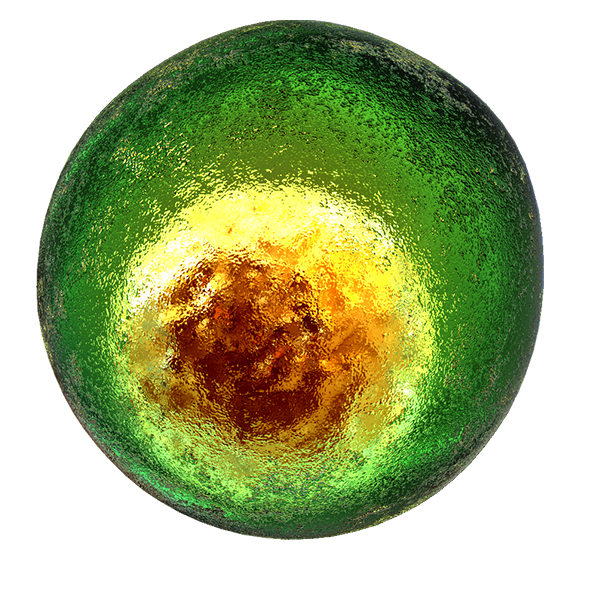

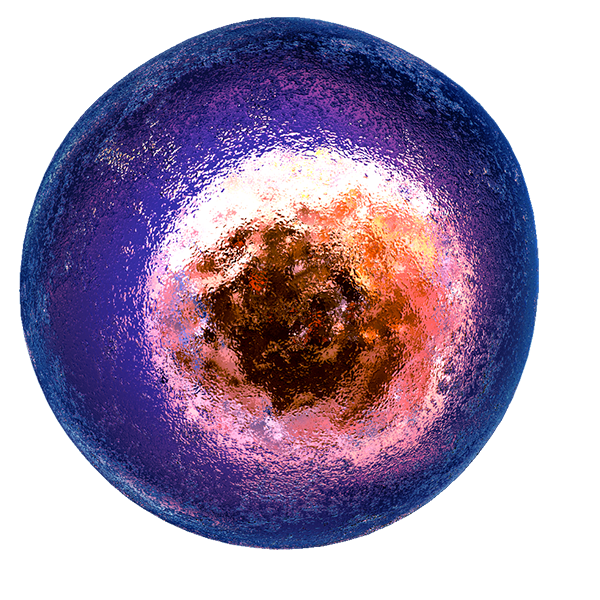
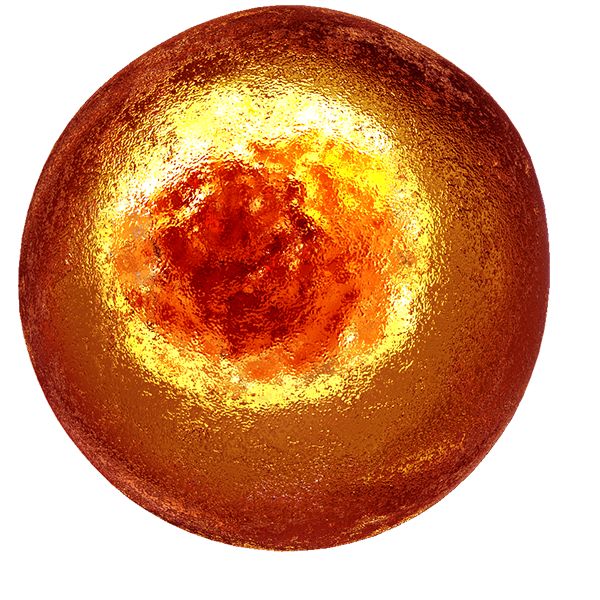
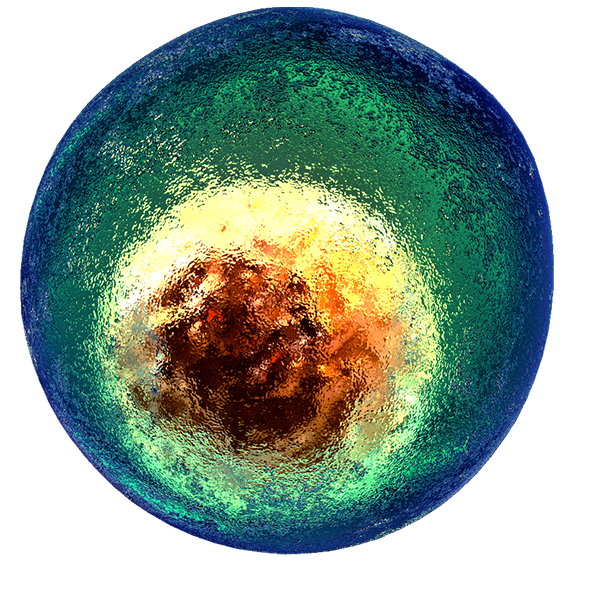

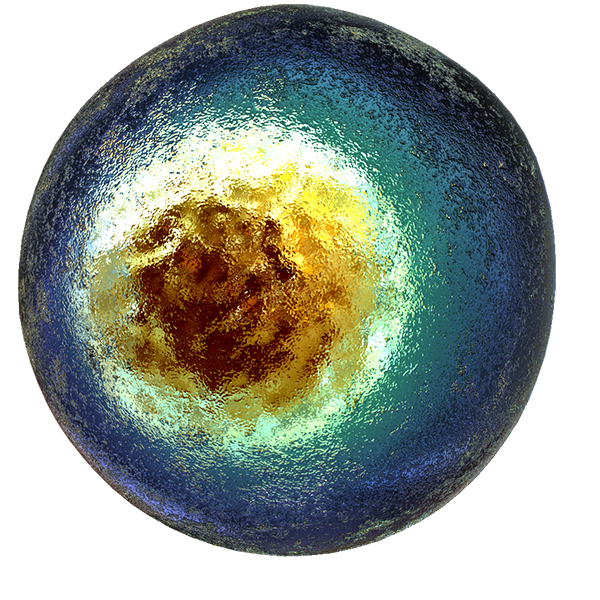
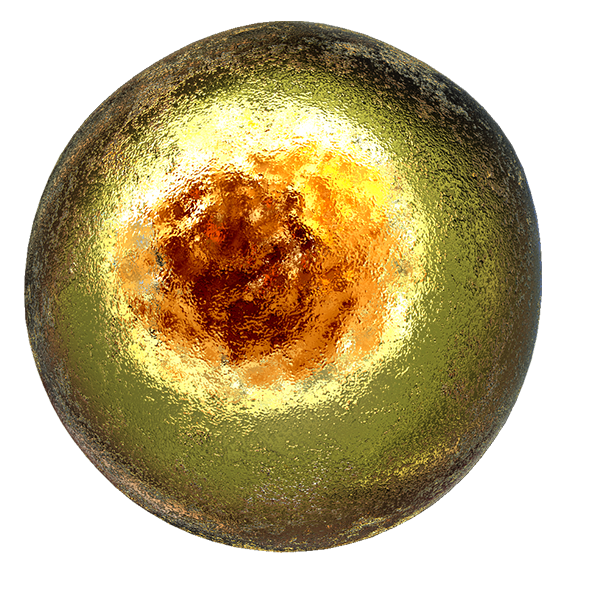



Follow Us